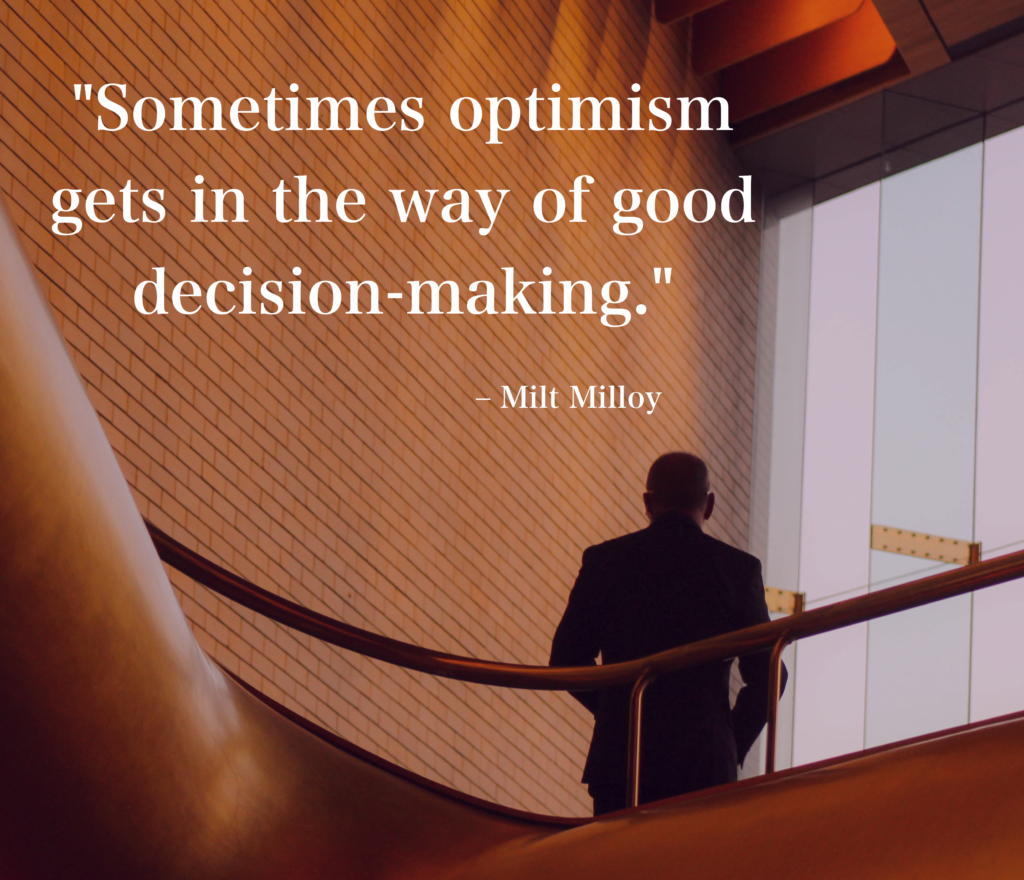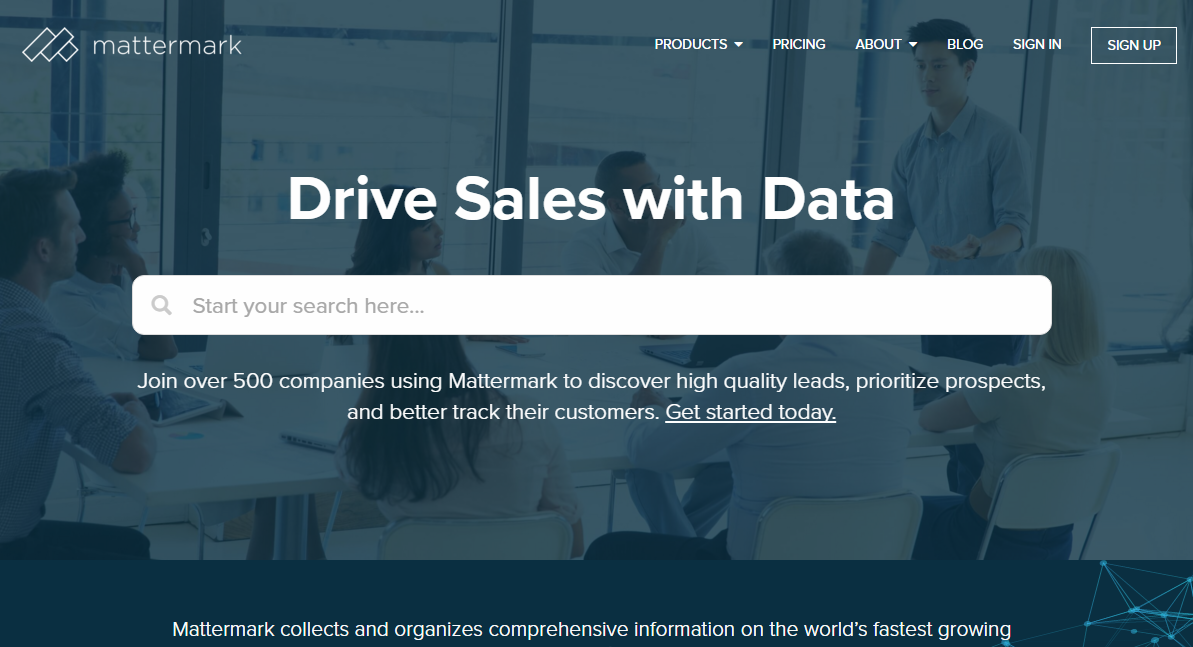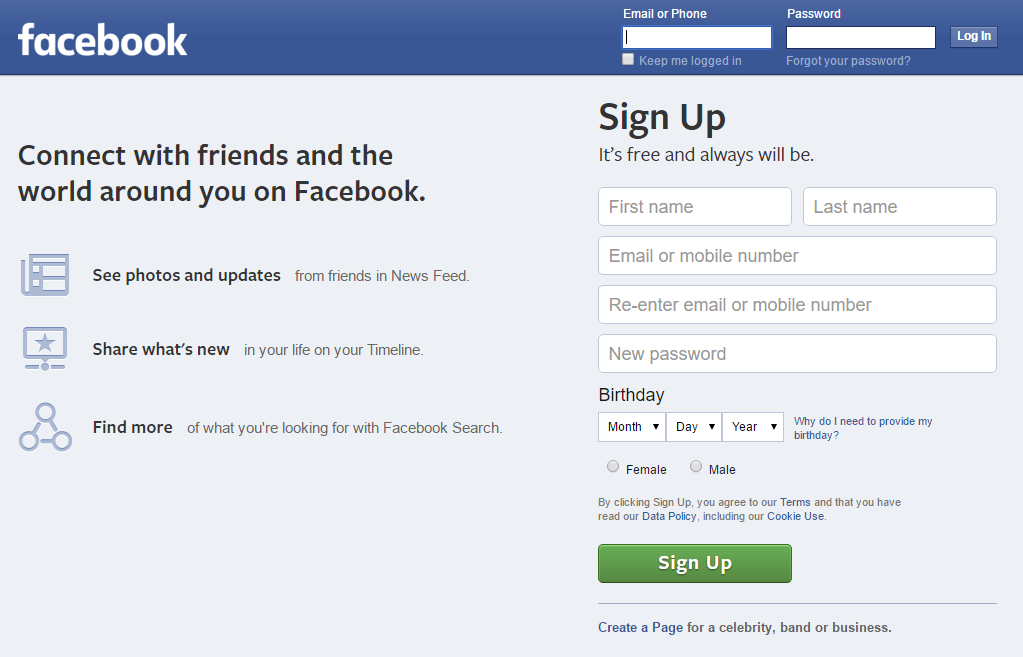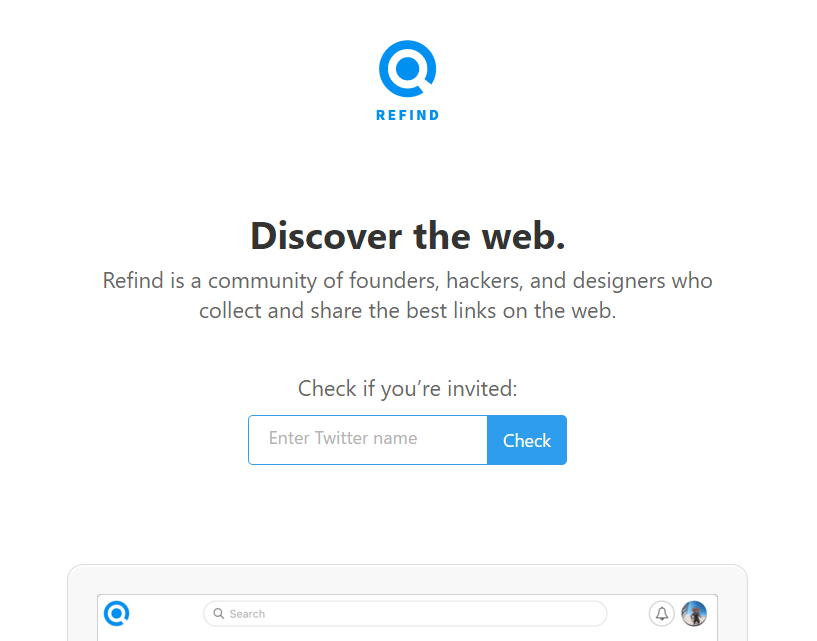Originally posted on Reddit, but here it’ll be easier to find again.
These are links that I’ve bookmarked over the past year or so. General theme: Tools that you can use to quickly bootstrap. In most cases it’s best to prove out your concept before, say, spending $100s on a professional graphic designer. Some are free, others are just low-cost.
I haven’t used all of these services personally, but they all seemed handy enough to save for future reference. Not intended to be a comprehensive list of options.
Design + Visual
Instantly design custom logos for free. Only pay if you’re 100% happy.
Launchaco Free Online Logo Maker: Basically the same thing as Logojoy but totally free.
Cool Backgrounds is a collection of tools to create compelling, colorful images for blogs, social media, and websites. Beyond backgrounds, the images generated can be used as desktop wallpapers or cropped for mobile wallpapers.
Beautiful, free photos. Gifted by the world’s most generous community of photographers.
I use Unsplash alllll the time because you don’t have to credit the photographers. You can, so I do when it’s feasible, but you have a lot more flexibility than with Creative Commons.
Flickr Creative Commons search with commercial use and modifications allowed: Another one that I use constantly. Make sure to attribute properly according to the license terms.
Browse to find the images that fit your needs and click to download. Take advantage of the on-the-fly color image generation to match your brand identity.
LunaPic: Free online photo editor with lots of effects. The website looks archaic, but the results are surprisingly good. YMMV depending on the aesthetic you want.
Websites
Bootstrap builder for busy developers. Too often developers don’t have time to perfectly implement their designs. That’s why we have built a tool that will help you move faster from building a layout to the refining stage so that you can have time to work on the details.
Spiffy HTML5 site templates that are fully responsive, built on intelligent HTML5 + CSS3, super customizable, and 100% free under the Creative Commons.
(I lightly edited that description into an actual sentence.)
Simple, free, fully responsive one-page sites for pretty much anything.
Tons of templates. Pay up for a custom domain and other features that aren’t in the free version.
PhastPress uses advanced techniques to manipulate your pages, scripts, stylesheets and images to significantly improve load times. It’s designed to conform to Google PageSpeed Insights recommendations and can improve your site’s score dramatically.
No idea how well this works, but if it does work well, what a great shortcut.
WriteFreely is a writing-focused blogging platform that’s uniquely simple and distraction-free. Instead of having one website called Medium or Tumblr, anyone can start their own entire community with the WriteFreely software and govern it however they want.
Marketing
“The art of storytelling” course by Pixar: Exactly what it sounds like.
Twitter’s advanced search page: Can be used to find reporters, other people to approach for various reasons, complaints about competitors, chatter from unserved niches, etc.
Create awesome invitations to small and large events. Distribution of invitations and collection of RSVPs made really simple. So no invitations are ignored or forgotten. Totally free. A really simple browser and email platform. Easy to use for both organizers and guests. Works for everyone without the hassle.
Organize events from email. Add cc@thad.cc to an email. Once the email is sent, we’ll create a private event on thad.cc and send a follow-up email to each address with an invitation. Each participant will receive an email with a special sign-in link to access the event. No sign-up necessary!
“It’s okay that your startup doesn’t have a communications strategy”:
In today’s crowded startup landscape, it’s rarely obvious what will cut through the noise. You’re not just competing with direct competitors for customers, you’re competing with everyone for attention (and all the potential future hires, partnerships and funding rounds that awareness can help drive). Tactics are more amenable to creativity and experimentation, don’t devour massive resources, and come with shorter and simpler feedback loops.
I know it’s a little weird to include an article, but the advice is that good!
Legal
Y Combinator Safe Financing Documents:
Y Combinator introduced the safe (simple agreement for future equity) in late 2013, and since then, it has been used by almost all YC startups and countless non-YC startups as the main instrument for early-stage fundraising.
WilmerHale Document Generator:
Our Document Generator is custom-tailored to offer important legal documents that will enable you to start and grow your company. It is an invaluable resource for entrepreneurs and founders of startups in various stages of growth and is designed to help you navigate the unfamiliar and manage interrelated issues. The Document Generator has been developed with the guidance of our experienced lawyers who have a longstanding tradition of offering strategic advice and an indispensable business perspective.
Security
macOS Security and Privacy Guide:
This guide is targeted to “power users” who wish to adopt enterprise-standard security, but is also suitable for novice users with an interest in improving their privacy and security on a Mac.




